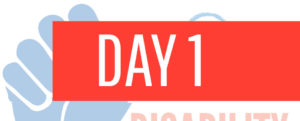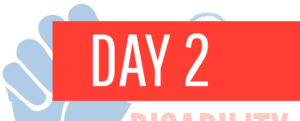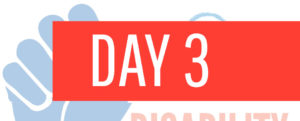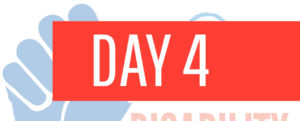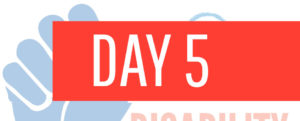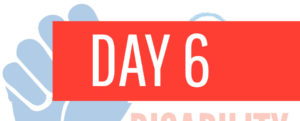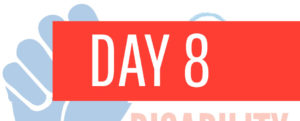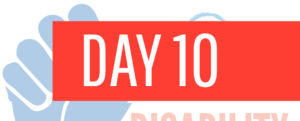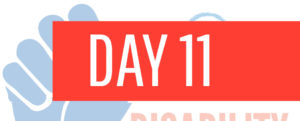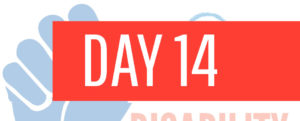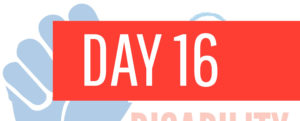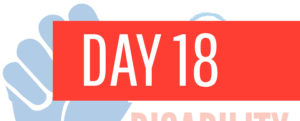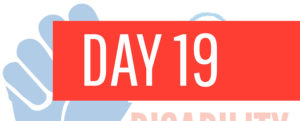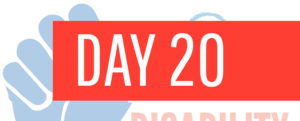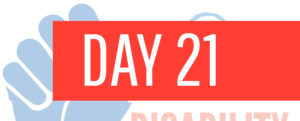Day 15: Education Inequality
People with disabilities deal with varying levels of stigma, marginalization, and low expectations in all parts of their life; education is no different. Nationally, only 65 percent of students with disabilities graduate from high school compared to 86 percent of students without disabilities. Only seven percent of students with disabilities graduate from college.
There are many factors contributing to inequality in our educational system for people with disabilities. Social attitudes toward children with disabilities and a lack of trained teachers, resources, and accessible learning programs are all issues that prevent children with disabilities from receiving an equal education to non-disabled students. Additionally, the percentage of people with disabilities living in poverty is disproportionately high, which strongly influences the resources in their local school system. These educational inequalities start at a young age and snowball throughout the child’s education, often leading to them dropping out.
In Michigan, another barrier that students with disabilities face is receiving a Certificate of Completion instead of a high school diploma. This is a document presented to students who have completed high school but have not met the requirements for a diploma as set by the State of Michigan. Receiving a Certificate of Completion in lieu of a diploma may affect a student’s ability to be admitted to college, be eligible for scholarships, or secure a job.
There are several federal laws that provide education rights to students with disabilities. The Individual with Disabilities Education Act (IDEA) is a law that makes available a free, appropriate, public education to children with disabilities and ensures special education-related services. During the 2018-19 school year, IDEA governed how states and public agencies provided special education to about 7.5 million students with disabilities.

Read
- The Separate, Unequal Education of Students with Special Needs
https://hechingerreport.org/georgia-program-children-disabilities-separate-unequal-education/ - For Students with Disabilities, Quality of Education can Depend on Zip Code
https://www.huffpost.com/entry/students-disabilities-quality-education_n_5a2ac25be4b0a290f0503905

Watch
- IDEA: Individuals with Disabilities Education Act (3:22) https://www.youtube.com/watch?v=3XMndYNEGFA
- How does Education Inequality Affect the Success of Students with Disabilities (10:38)
https://www.youtube.com/watch?v=Gqc0Wxb42ok
Discussion
- Why do you think students with disabilities graduate at lower rates than their non-disabled peers?
- How does education inequality in school lead to inequality in other areas of life for people with disabilities?
- Do you think inclusion in the class room for students with and without disabilities benefits everyone? Why or why not?

